INTRODUCTION "House of the Rising Sun" [English]
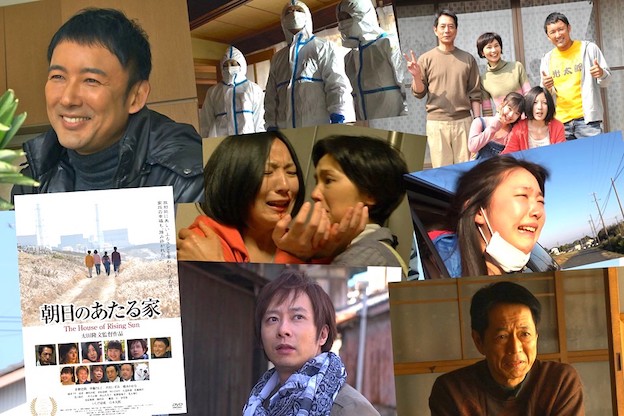
INTRODUCTION "House of the Rising Sun"
After directing "Strawberry Fields" and "Shodo Girls: Blue Blue Sky," Director Takafumi Ota has a reputation for his ability to portray youth by ensemble cast. The subject he has chosen for his third film for theatrical release is nuclear plant problems, which are considered taboo in the media industry.
The movie, "The House of Rising Sun," portrays the tragedy that suddenly hits a town with beautiful nature brought by a nuclear plant accident and a family who get caught by the accident.
You can't make a movie without money. People expected this movie to have difficulties in getting the production money, but the movie was completed in about one and a half years after its launch thanks to the passionate support by citizens of Kosai in Shizuoka Prefecture, where the movie was shot.
What Director Ota portrays is always full of "continuous feelings." You can tell that by the fact that the audience who watched his previous films got moved and have kept his films as something important in their hearts.
While dealing with a difficult subject, a nuclear plant accident, he highlights the family, using Kosai with beautiful nature as its setting. The movie shows well that the bond between family members and the bond that is connected to the next generation are most important.
This movie was well-received at Japan Film Festival Los Angeles 2013 in May 2013 because it's full of thoughts and reached the hearts of people across a language barrier.
The movie that we truly need was born in full coordination with precise direction, effective music, documentary-like-performances by actors, crew members who supported them, and the support by citizen of Kosai.
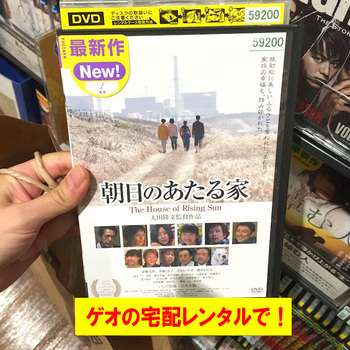
The movie about nuclear accident ーThe House of Rising Sun (Japan 2013) [English]
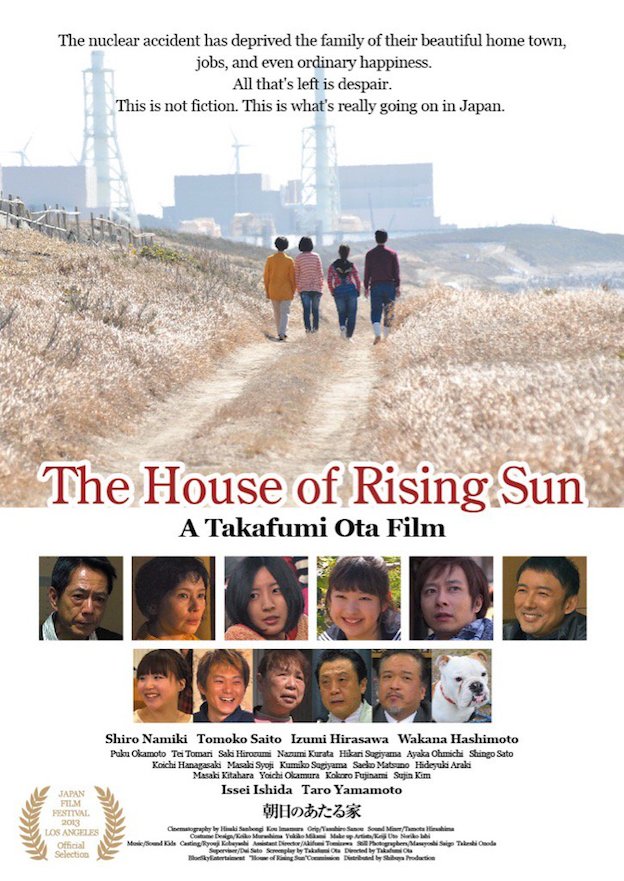
INTRODUCTION
After directing "Strawberry Fields" and "Shodo Girls: Blue Blue Sky," Director Takafumi Ota has a reputation for his ability to portray youth by ensemble cast. The subject he has chosen for his third film for theatrical release is nuclear plant problems, which are considered taboo in the media industry.
The movie, "The House of Rising Sun," portrays the tragedy that suddenly hits a town with beautiful nature brought by a nuclear plant accident and a family who get caught by the accident.
You can't make a movie without money. People expected this movie to have difficulties in getting the production money, but the movie was completed in about one and a half years after its launch thanks to the passionate support by citizens of Kosai in Shizuoka Prefecture, where the movie was shot.
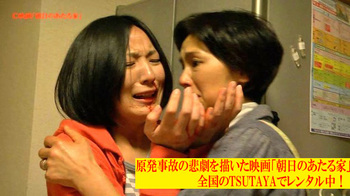
What Director Ota portrays is always full of "continuous feelings." You can tell that by the fact that the audience who watched his previous films got moved and have kept his films as something important in their hearts.
While dealing with a difficult subject, a nuclear plant accident, he highlights the family, using Kosai with beautiful nature as its setting. The movie shows well that the bond between family members and the bond that is connected to the next generation are most important.
This movie was well-received at Japan Film Festival Los Angeles 2013 in May 2013 because it's full of thoughts and reached the hearts of people across a language barrier.
The movie that we truly need was born in full coordination with precise direction, effective music, documentary-like-performances by actors, crew members who supported them, and the support by Kosai.(Written by Yoshinori Nagata)
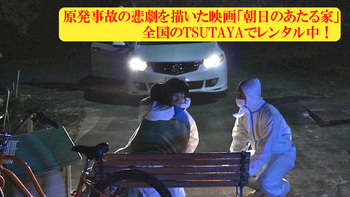
STORY
The Hirata family are living in Kosai in Shizuoka Prefecture, a beautiful town surrounded by nature. They are an ordinary family in Japan; The father (Shiro Namiki) is a farmer, growing strawberries, the mother (Tomoko Saito) is a housewife, the first daughter (Izumi Hirasawa) is a college student, and the second daughter (Wakana Hashimoto) is a junior high school student. The first daugther, Akane, doesn't like the town because it doesn't have a large shopping mall, a movie theater or a concert hall and she dreams about living in a big city all by herself after graduation from college. But one day, large earthquake hits the town. A nuclear power plant explodes. They are told to evacuate the town. They think they shoud be able to go home in a day, but they aren't allowed to go home for months. The father loses his job, the mother becomes neurotic, and the second daugther becomes ill. When they are finally allowed to go home, it's only for an hour to fetch baggage, just like in Fukushima. The Hirata family get caught in a spiral of sadness...
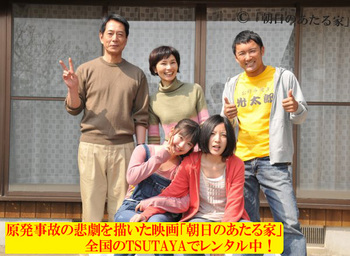
CAST
Shiro Namiki, Tomoko Saito, Izumi Hirasawa, Wakana Hashimoto,
Issei Ishida, Taro Yamamoto
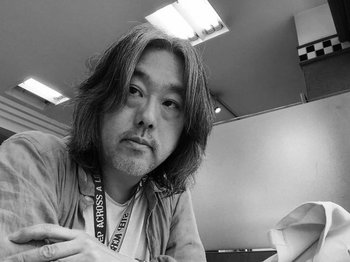
DIRECTOR: TAKAFUMI OTA
Born in Tanabe, Wakayama Prefecture, Japan in 1961. He studeid filmmaking at University of Southern California. After being in charge of making-of of "The Reason," directed by Nobuhiko Obayashi in 2004, Ota made a directorial debut with coming-of-age fantasy film, "Strawberry Fields," set in his hometown, Tanabe, Wakayama Prefecture. It was screened at Cannes Film Festival and Ota was given "Kinokuni Geijutsu Shinjin sho" (Kinokuni Arts New Face Award) by Wakayama Prefecture. In 2010, he directed a film, "Shodo Girls: Blue Blue Sky," set in Hamamatsu, where it was watched by 20,000 people and became the biggest hit of the year. It was also screened in LA. Ota wrote original screenplays for both of the films, which depict beautiful nature of countryside. His theme is to depict something important to tell both parents and kids, and many moviegoers pay attentions to him as the director who makes a pleasant and moving film which brings tears every time.



